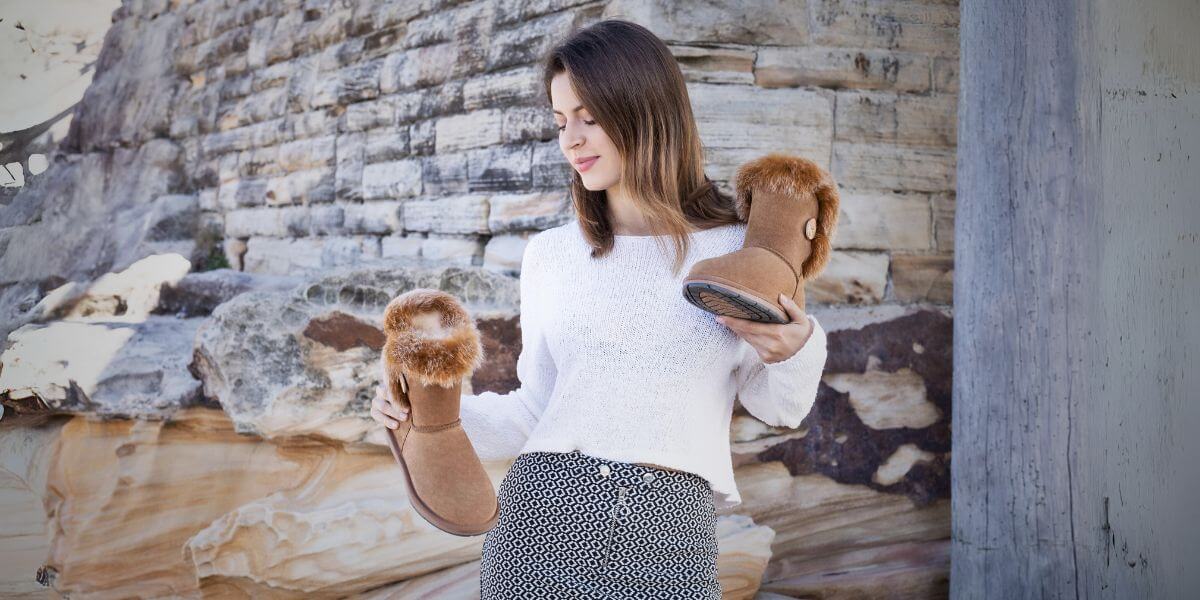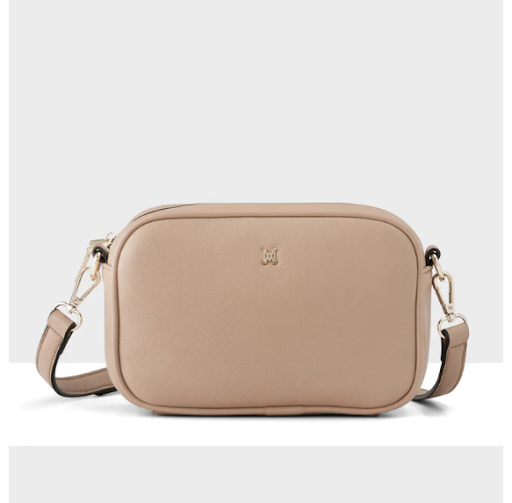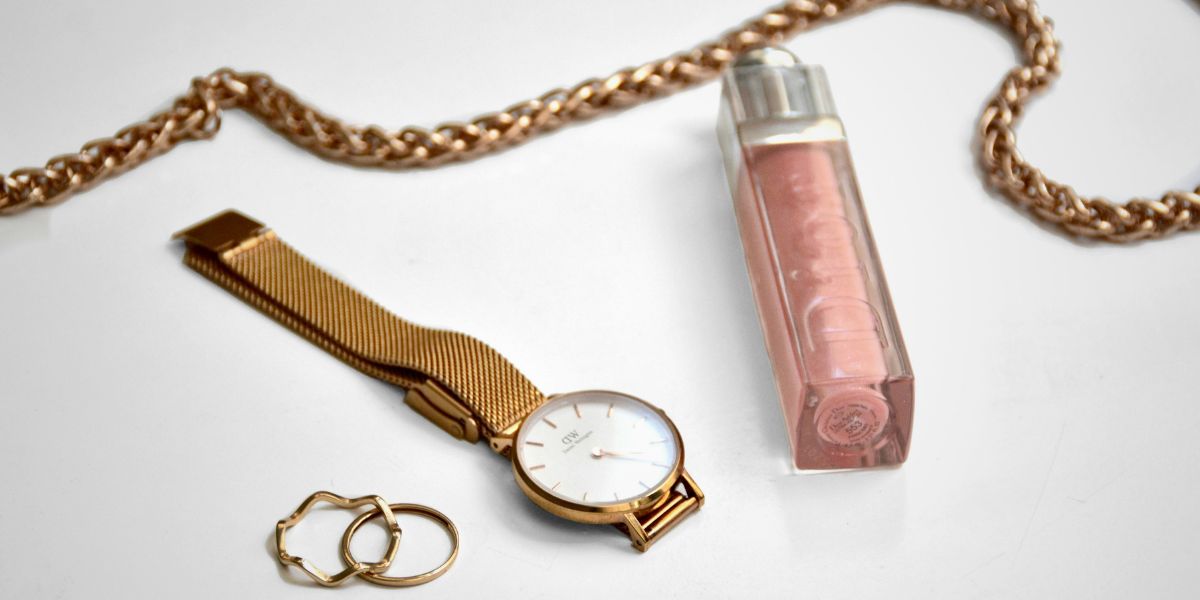Belts may be small accessories, but they have a major impact on how an outfit looks, feels, and even fits. Whether you’re styling a tailored blazer, pairing jeans with boots, or cinching a dress at the waist, the right belt size makes all the difference. A perfectly fitted belt doesn’t just keep your clothing in place — it enhances your silhouette, ties your outfit together, and brings confidence to your everyday style.
Many women, however, aren’t entirely sure which belt size they should be buying. Sizes vary by brand, region, and belt style — and to make things even more confusing, some labels use centimetres while others use inches. In this comprehensive guide, we’ll break down everything you need to know about belt sizes for women, from measuring methods and fit tips to using a women’s belt size chart and understanding how to size a belt for a woman properly.
Understanding Belt Sizes for Women
Belt sizing for women can feel a bit confusing at first, mainly because there’s no single global standard. In Australia, most fashion and leather brands measure belt sizes in centimetres, while American or British brands often use inches. What matters most is knowing how the measurement is taken — it’s always measured from the buckle’s end to the middle hole on the belt.
This small detail is crucial. The distance between these two points represents the belt’s “working length,” which ensures that the belt fits comfortably when fastened on the middle hole. It gives you enough adjustment room for small weight changes or when you switch between high- and mid-rise trousers.
Women’s belts typically range between 70 cm and 120 cm, or 28 to 48 inches, depending on whether they’re meant for waist or hip wear. Slim belts designed for dresses tend to be shorter, while wider belts for jeans or coats are longer. Understanding where you plan to wear your belt — on the waist or hips — will help you determine the right starting point.
Why Belt Size Really Matters
While it might seem like a simple accessory, a belt can dramatically influence your outfit’s proportions. A perfectly sized belt defines your shape, provides structure, and adds polish to both casual and formal looks.
If your belt is too long, the tail can flap awkwardly or need to be looped back, which looks untidy. On the other hand, if it’s too short, it can pull uncomfortably, distort the fit of your clothing, or even damage delicate materials. The right size, however, sits smoothly and flat, giving you both comfort and style.
Beyond the visual effect, a correctly sized belt also prevents unnecessary stretching or bending in the leather, which can extend the belt’s lifespan significantly. Especially for premium materials like full-grain leather or suede, proper sizing helps maintain the belt’s original shape and quality for years.
How to Size a Belt for a Woman
Knowing how to size a belt for a woman correctly saves time, money, and frustration. There are two main methods you can use: measuring an existing belt that fits well or measuring your waist or hip circumference directly.
1. Measuring an Existing Belt
This method is the most accurate if you already have a belt that feels comfortable:
- Lay your belt flat on a surface.
- Use a soft tape measure to measure from the buckle prong to the hole you use most often.
- The number you get is your belt size.
For example, if the measurement comes out to 85 cm, your correct belt size is 85. If you’re between two sizes (say 83 or 87 cm), always round up to the next size for comfort.
This method reflects your personal wearing preference — whether you like a snug fit or a looser one — and it automatically adjusts for the rise and thickness of your clothing.
2. Measuring Your Waist or Hips
If you don’t already own a belt that fits perfectly, use a flexible tape measure and measure around the area where you plan to wear your belt.
- For waist belts (like those worn over dresses or high-rise skirts), measure around your natural waistline — the narrowest part of your torso.
- For hip belts (like those worn with jeans or trousers), measure around the point where your trousers usually sit.
Once you’ve got that number, add 5 cm (or about 2 inches) to find your correct belt size.
Example: If your waist is 80 cm, your ideal belt size would be 85 cm. This extra allowance ensures that the belt can fasten comfortably at the middle hole without feeling tight.
Women’s Belt Size Chart
Here’s a simple women’s belt size chart that converts measurements between centimetres, inches, and clothing sizes across Australia, the UK, and the US:
|
Belt Size (cm) |
Belt Size (inches) |
AUS/UK Clothing Size |
US Size |
|
70 |
28 |
6 |
2 |
|
75 |
30 |
8 |
4 |
|
80 |
32 |
10 |
6 |
|
85 |
34 |
12 |
8 |
|
90 |
36 |
14 |
10 |
|
95 |
38 |
16 |
12 |
|
100 |
40 |
18 |
14 |
|
105 |
42 |
20 |
16 |
|
110 |
44 |
22 |
18 |
|
115 |
46 |
24 |
20 |
These numbers act as a reliable starting point, but remember that belt design, buckle size, and brand fit can alter the measurement slightly. For instance, fashion belts meant to sit higher on the waist will usually be smaller than casual jeans belts.
Belt Length vs. Waist Size: Understanding the Difference
It’s common to assume that your pant size equals your belt size, but in reality, your belt size should be about 5 cm (or 2 inches) larger than your actual waist or trouser size.
For example, if your jeans are a size 10 in Australia (around a 30-inch waist), you should look for a belt around 80 cm or 32 inches. This extra allowance ensures you can fasten the belt comfortably at the centre hole without strain.
This rule works well for most casual and dress belts, but if you prefer wearing belts over thicker fabrics like coats or sweaters, you may want to go one size larger.
The Influence of Belt Width
The width of a belt affects not only the style but also the fit and comfort.
- Narrow belts (1–2 cm wide): Perfect for cinching flowy dresses or accentuating your waistline without overpowering your outfit.
- Medium belts (2.5–3.5 cm): The most versatile size, ideal for trousers, skirts, or casual looks.
- Wide belts (4–6 cm): These make bold fashion statements and can transform the shape of a dress or outerwear piece.
If you’re buying a wide belt, be especially mindful of the fit — they tend to feel tighter and less flexible than narrower ones, so sizing up slightly is often recommended.
Choosing the Right Belt for Every Occasion
A woman’s wardrobe often includes different types of belts, each with a unique purpose. Understanding how to size each one ensures your outfit looks balanced and well put together.
Belts for Jeans and Casual Outfits
Casual belts tend to be thicker, sturdier, and made from full-grain or split leather. They sit lower on the hips, so measure that area rather than your waist. Belts between 80 and 100 cm usually work well for most women.
Belts for Dresses and High-Waisted Clothing
For dresses, the goal is definition and subtlety. Choose a slim, lightweight belt that sits neatly around your waist. Belts between 70 and 85 cm are often ideal. They create a flattering silhouette without adding bulk.
Belts for Outerwear
When styling belts over coats, jackets, or blazers, always size up by at least one size (5–10 cm). This allows for thicker layers underneath and keeps the outfit comfortable.
Adjusting or Shortening a Belt
Even with careful measuring, you might occasionally find a belt that’s a little too long. Most quality belts — especially leather ones — can be shortened easily.
- Leather belts can be trimmed and have new holes added by a cobbler or leather craftsman.
- Fabric or woven belts with sliding buckles or D-rings are adjustable by nature, making them ideal for flexible sizing.
If you’ve invested in a high-end designer belt, avoid cutting it yourself — professional alteration ensures a clean finish that maintains the belt’s value.
Belt Sizing and Body Type
Every woman’s body is different, and the same belt can sit differently depending on your proportions.
- Petite women look best with slimmer belts (1–2 cm) and shorter lengths to avoid extra overlap.
- Curvy women often find that medium to wide belts (85–100 cm) enhance the waist and balance proportions.
- Tall women can experiment with longer or wider belts (95–110 cm), which help break up long silhouettes and add structure.
The golden rule is simple: choose a belt that feels comfortable, flatters your natural shape, and complements the outfit’s proportions.
Tips for Buying Women’s Belts Online
Shopping for belts online can be daunting because you can’t try them on beforehand. To avoid disappointment, follow these practical tips:
- Always check the brand’s sizing guide. Measurements can vary significantly across designers.
- Compare with an existing belt you already own and love.
- Look for flexible or adjustable designs if you’re between two sizes.
- Read customer reviews — other shoppers often share valuable insights about fit.
- Check return or exchange policies to stay safe in case the size doesn’t work out.
With the growing number of Australian online fashion stores, it’s easy to find a wide selection of styles — from minimal everyday belts to luxury statement pieces — all available with clear size charts and easy delivery options.
Caring for Your Belts
Once you’ve found the perfect size, take care of your belts so they last.
- Store belts hanging vertically or laid flat — avoid tight rolls that can create creases.
- Clean leather belts gently with a damp cloth and apply a leather conditioner every few months.
- Avoid humidity and sunlight exposure, which can cause leather to dry out or fade.
- For fabric belts, wipe clean with mild soap and water, avoiding harsh detergents.
Well-maintained belts not only retain their size and structure but also develop a beautiful patina that makes them even more stylish over time.
Common Mistakes to Avoid
Even fashion-conscious women sometimes make mistakes with belt sizing. Here are some of the most common ones:
- Buying a belt based solely on dress size.
- Ignoring where you plan to wear it (waist vs. hips).
- Forgetting to measure when switching between different pant rises.
- Not accounting for layering in winter.
Taking a few minutes to measure and compare will save you time, money, and unnecessary returns.
Conclusion: Finding Balance Between Fit, Style, and Confidence
The perfect belt size is more than a number — it’s about harmony between comfort, proportion, and personal style. When your belt sits exactly where it should, everything else falls into place. It smooths your outfit, defines your waist, and adds subtle confidence to your look.
Take the time to measure properly, check a women’s belt size chart, and think about how each belt fits within your wardrobe. Once you understand how to size a belt for a woman, you’ll find that every outfit — from jeans to dresses — feels more intentional and refined.
A well-fitted belt isn’t just an accessory; it’s a quiet style statement that ties your entire outfit together and gives you that extra touch of confidence every day.
When it’s time to refresh your look, take a moment to explore Peroz’s latest collection of women’s belts where thoughtful design meets effortless style.





